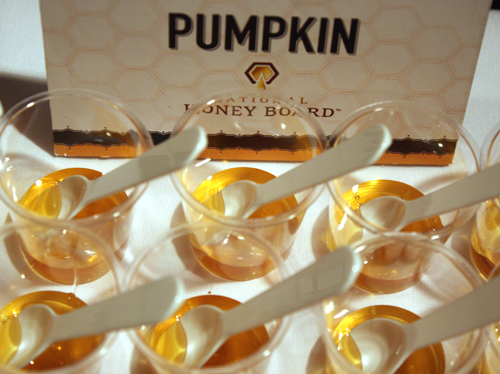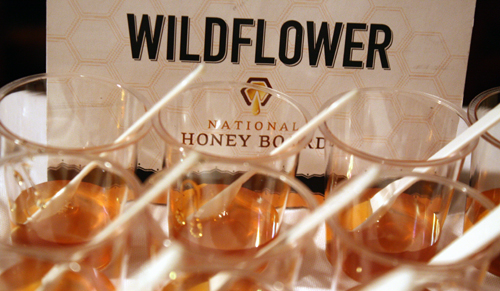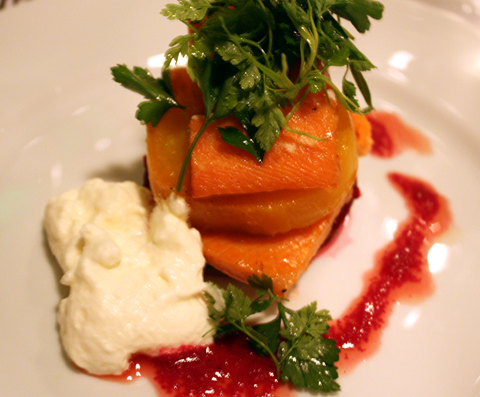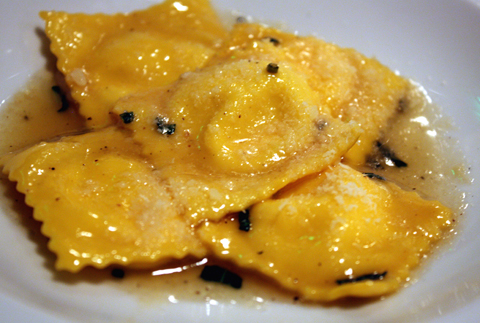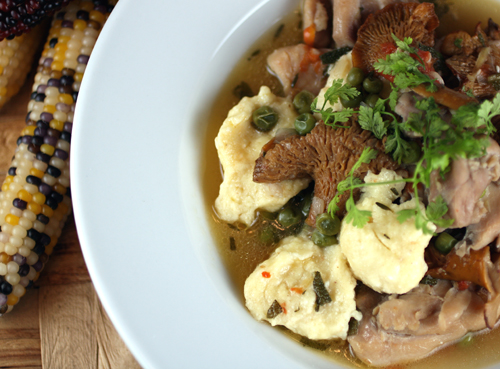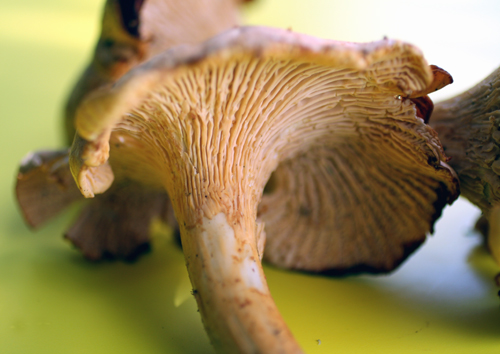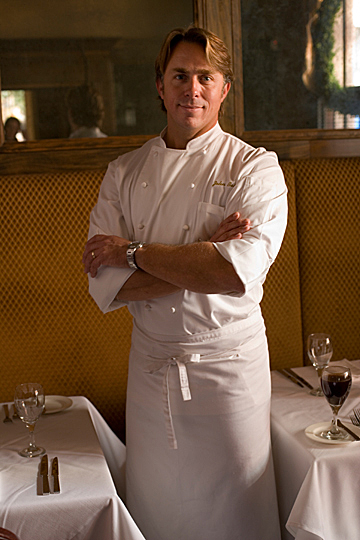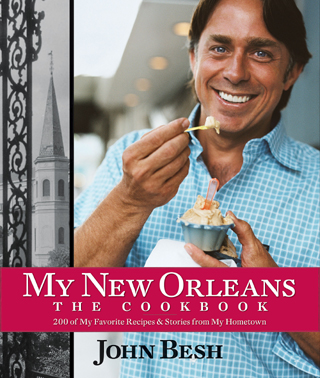Burgers, Oysters, Wine & More
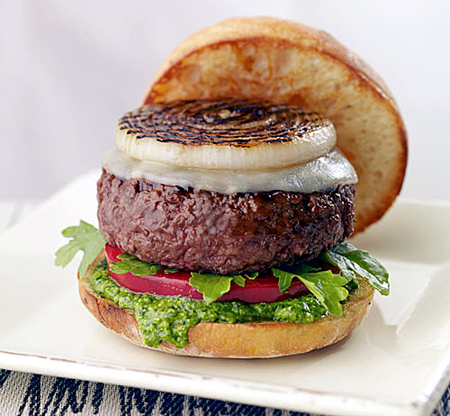
San Francisco finally gets its own Burger Bar today.
Chef Hubert Keller of San Francisco’s Fleur de Lys has brought his build-your-own burger concept to Macy’s Union Square in San Francisco. It opens today at 10:30 a.m., joining its sister Burger Bar locales in Las Vegas and St. Louis.
The San Francisco flagship burger joint, on the sixth floor of Macy’s, is open daily for lunch and dinner. Find buffalo, Kobe beef, salmon, and vegetarian burger options. Fresh meat is ground daily in the in-house butcher room.
The restaurant has its own wine cellar, and 24 beers on tap. There’s also a milkshake bar, where diners can customize their shakes any way they like.
Through Oct. 21, enjoy a three-course meal for $35 at participating Silicon Valley restaurants, from Los Gatos to San Carlos. It’s all part of “Silicon Valley Restaurant Week.”
Among those participating are: Nick’s on Main in Los Gatos, Alexander’s Steakhouse in Cupertino, Crimson in Los Gatos, and Quattro in East Palo Alto. For a complete list, as well as the menus offered, click here.
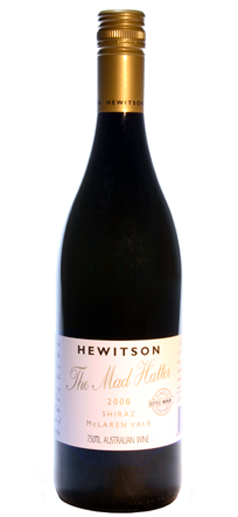
Reserve your seat for an intimate, whimsical dinner Oct. 29 at the Fifth Floor Restaurant in San Francisco, when South Australia’s Hewitson Wines launches the U.S. release of its highly touted 2006 Mad Hatter Shiraz.
For the occasion, Chef Jennie Lorenzo will feature a multi-course dinner served amidst Mad Hatter-decor. Price is $75. To reserve a seat, email madhattertourSF@gmail.com or call (415) 348-1111.
Tonight at 6:30 p.m., Fleming’s Prime Steakhouse and Wine Bar in Palo Alto and Walnut Creek will host a walk-around wine tasting with each featuring five or six Napa Valley vintners. Paired hors d’ouevres also will be served. Price is $45.
Sip more wine at the new Affronti, which just opened in downtown Healdsburg.
Chef-Owner Jude Affronti, who ran Mario Batali’s Po for three years in New York City, serves California-Mediterranean small plates along with more than 30 wines by the glass, and inventive wine cocktails. Dishes include red trout escabeche in tangy marinade, and Sonoma smoked duck with white beans and tomato.
Live jazz is featured Thursdays and at Sunday brunch.
Oyster lovers should make a bee-line to Waterbar in San Francisco, noon to 3 p.m. Oct. 17 for “Oyster Fest 2009.”
Enjoy a hot sauce competition, a shucking challenge, and plenty of oysters and wines to sample. The fee is $50, which includes admission and five tickets, each of which can be redeemed for one drink or one small plate of food.
You can eat — and get some exercise — in the ”East Bay Foodie Bike Tour of Emeryville and Berkeley,” 11:15 a.m. to 4:30 p.m. Oct. 17.
Pedal your way on a flat, 4-mile tour that will make stops for culinary refueling at such places as Charles Chocolates in Emeryville, and Vik’s Chaat Corner in Berkeley.
Price is $50. Register by clicking here.
Enjoy an “Organic Harvest Day,” 11 a.m. to 4 p.m. Oct. 17 at ALBA’s Rural Development Center, 1700 Old Stage Road in Salinas, when you’ll get to pick your own crops.


